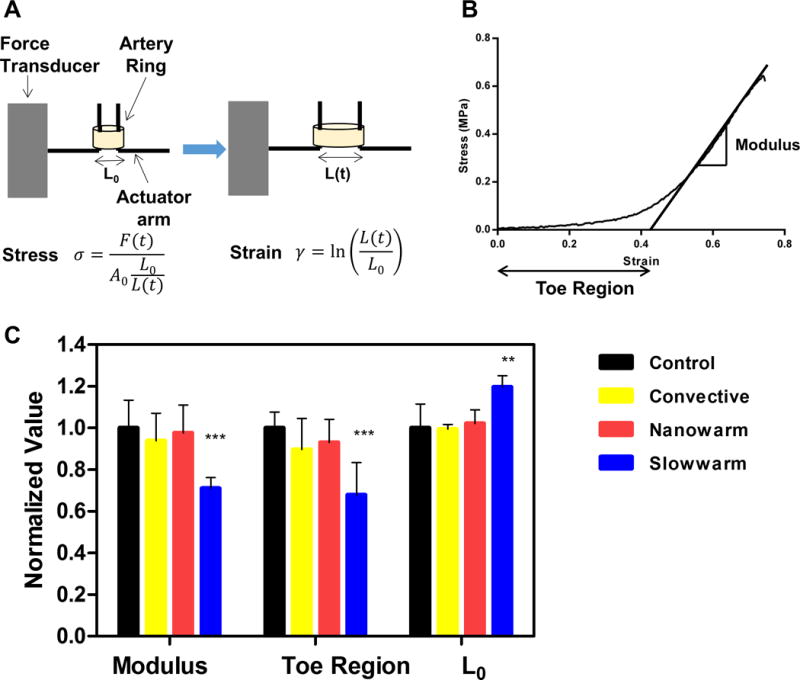Fig. 7. Nanowarming maintains biomechanical properties of porcine carotid arteries.

Arterial rings tested were taken from control (fresh artery) or from tissue that had been vitrified and convectively rewarmed, nanowarmed, or slow warmed. (A) Schematic illustrating how the biomechanical testing was conducted. Arteries were pulled in circumferential direction at a rate of 2 mm/min. The stress and strain was calculated by the equations shown in the figure, where F is the force measured at time t, A0 is the initial cross sectional area of the artery ring, L0 is the initial length of the artery, L(t) is the displacement at time t. (B) Representative stress strain curve. Elastic modulus is defined as the slope of linear region of the stress versus strain curve. The toe region is defined as the x-intercept of the stress versus strain curve. (C) Biomechanical properties of the rewarmed samples compared with fresh controls. All biomechanical properties of the rewarmed samples were normalized to control, which are fresh artery rings dissected from the same carotid artery to minimize the variances between the donor pigs. Red bars represent nanowarmed samples (elastic modulus = 98 ± 13%, toe region = 93 ± 11%, L0 =102 ± 7%), yellow bars represent convective warmed samples (elastic modulus = 94 ± 13%, toe region = 90 ± 15%, L0 = 99 ± 2%), blue bars represent slow warmed samples (elastic modulus = 71 ± 5%, toe region = 68 ± 16%, L0 =120 ± 6%). All data is presented as the mean ± standard deviation from n = 4 − 7 samples from N = 2 pigs for each condition.
